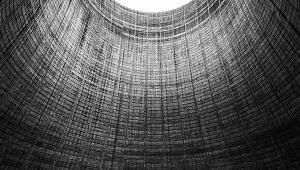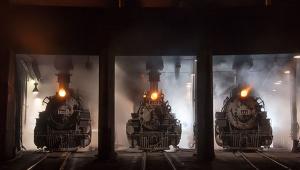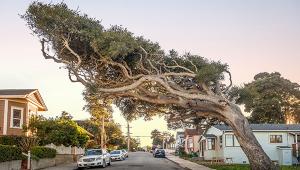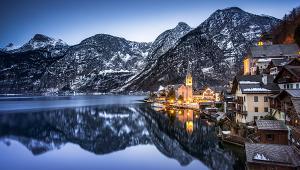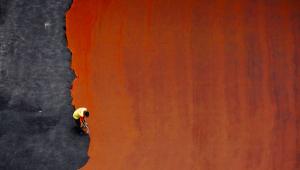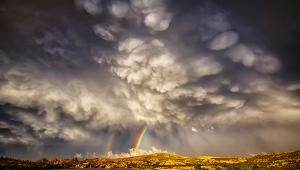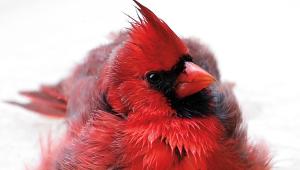Shallow Depth Of Field
Editor’s Note: Starting this fall we will be instituting an online submission process for Picture This! utilizing the Gallery feature on our website. Details will follow next month, but in the meantime you might want to register on our site and start practicing image upload so you are familiar with the process when we make the transition.
http://www.shutterbug.com/user/register

Brandon Lee Gorman makes use of color and the echo of form to bring our eye right to the point of sharpness in his image. He shot with a Konica Minolta Maxxum 7D camera and an 85mm lens, and used f/1.4 at 1/125 sec to isolate his main subject.
© Brandon Lee Gorman

Content is sharp while context is blurred in perfect balance to show subject and scene in this photo by Yolanda D’Aquilla of a sidewalk café in Cannes, France. Exposure with a Nikon D200 and a Promaster 18-200mm lens was f/10 at 1/350 sec.
© Yolanda D’Aquilla

Close-ups like this almost enforce a shallow depth of field, and here Catherine Terroni brings the head of this mantis right out from the background with a Nikon COOLPIX 8700 exposed at f/7.3 at 1/125 sec. She notes, “Its head would follow my movement as I photographed it.”
© Catherine Terroni
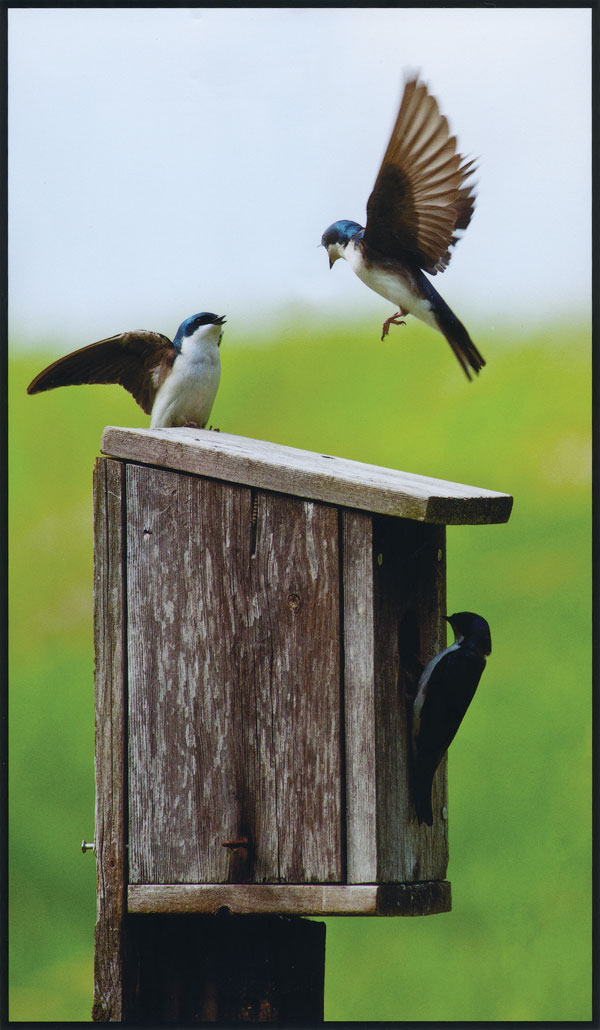
Ronald E. Gibson created a beautiful, painterly background for this decisive moment of when one of the birds is about to alight on the roof of the structure. He worked with a Nikon D300S and a Tamron 200-500mm lens (at 500mm) and an exposure of f/8 at 1/1000 sec.
© Ronald E. Gibson

Suzan Charnock noted, “The early morning sun was lighting a group of daisies in my garden. I singled out this one as the light was hitting it beautifully.” She worked with a Nikon D300 and a Nikkor 24-85mm lens at f/4, with an exposure of 1/250 sec at ISO 200. She added a slight texture in processing to finish off the lovely effect.
© Suzan Charnock
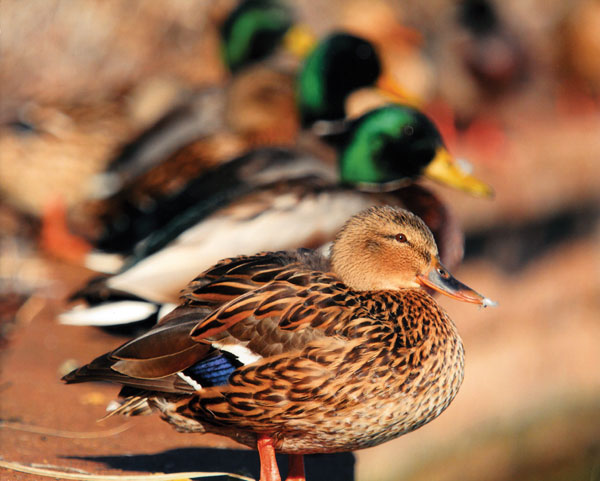
Cecil Calloway brings the catchphrase to life and uses unsharpness to create foreground attention. He shot with a Canon EOS 7D and a Canon EF 70-200mm f/2.8L with a 1.4x tele-extender. Exposure was f/4 at 1/5000 sec.
© Cecil Calloway

Photographing the HO-gauge train layout in the Colorado Railroad Museum in Golden, Bill Witmer adds to the miniature illusion with selective focusing techniques. He worked with a Canon EOS 50D and a Canon 10-22mm lens and an exposure of f/6.3 at 1/4 sec at ISO 500.
© Bill Witmer
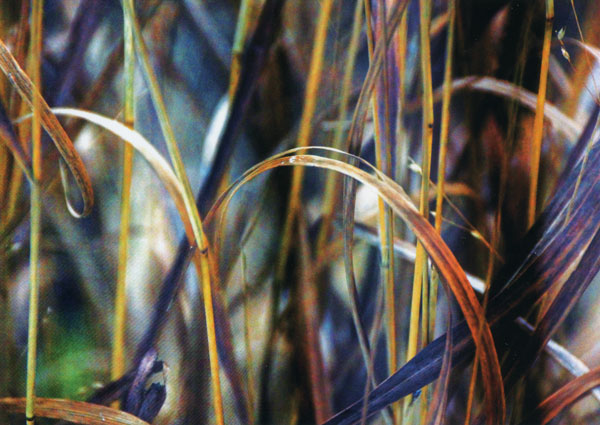
Shallow depth of field is a great way to create abstract forms and patterns in nature, a goal well accomplished by Cynthia Cable in this photo taken through a window in her house. Exposure with a Sony Alpha 65 and an 18-250mm lens (at 250mm) was f/6.3 at 1/400 sec at ISO 1000.
© Cynthia Cable

Both exposure and shallow depth of field play a key role in this lyrical study by Allan Carrano. He shot with a Nikon D5100 and a 55-200mm lens (at 200mm) and exposed at f/5.6 at 1/60 sec at ISO 800.
© Allan Carrano

The king seems to be in a bit of a fix on this chessboard in a photo by Dan Tubbs, Jr. He photographed with an Olympus E3 and a Zuiko 50mm lens and an exposure of f/2 at 1/125 sec.
© Dan Tubbs, Jr.

The echo of form technique is exemplified in this image by Mark Ali, who worked with a Nikon D3100 and a Nikkor 18-55mm lens. Exposure was f/8 at 1/160 sec.
© Mark Ali

The soft texture of the defocused background creates a painterly backdrop for the stark lines of what photographer Al Mullen identifies as an “invasive garlic mustard” plant. He photographed with an Olympus E-510 and an aperture of f/1.4.
© Al Mullen
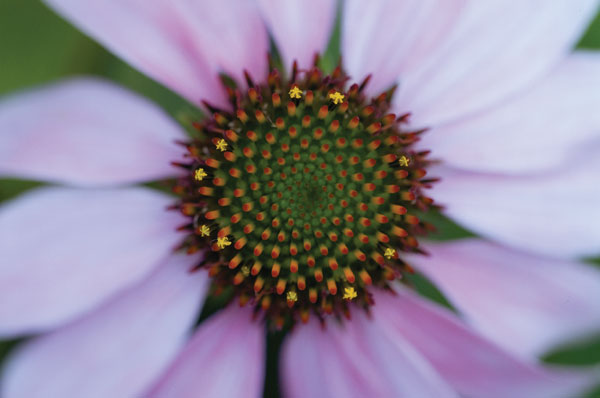
The bud of this plant seems to jut forward from the soft background in this photo by Byron Towles. He photographed with a Canon EOS 20D and a Sigma 150mm f/2.8 macro lens atop a Gitzo tripod with a Foba Mini ball head. Exposure was f/2.8 at 1/200 sec at ISO 800.
© Byron Towles
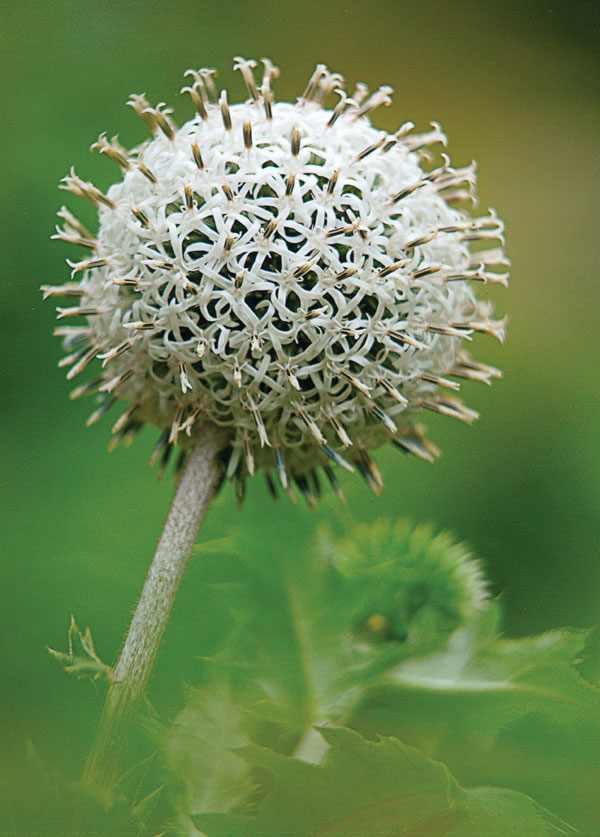
The foreground subject placement against the echoing background soft form makes delicate use of the shallow depth of field technique in this photo by Ann Lansing. Exposure with an Olympus E3 and an Olympus 50-200mm lens (at 200mm focal length) was f/3.5 at 1/160 sec.
© Ann Lansing

The delicate “bokeh” and near brushstroke background make for a perfect juxtaposition with these silhouetted forms. Paul Cwik worked with a Canon EOS 5D Mark II and a Canon EF 28-300mm lens (at 300mm) and exposed at f/5.6 at 1/50 sec. He spot metered the background and added a B+W polarizer to his setup.
© Paul Cwik
Picture This! – Our Next Assignment
Going Around In Circles
Among geometric forms, the circle has one of the strongest visual appeals and can serve as an eye-catching element in images. They can be full or semi-, in isolation or in a group, but they can always be counted on to serve as an effective motif within a larger compositional context. For this month’s assignment we’re looking for photos that use the circular form as a key element in their design. We’ll also entertain fisheye lens shots, although we’re most interested in the circle as a design element rather than a frame, and will look for the circle in the circle, if you will, in any fisheye shots.

© George Schaub
Please Read This
It is important that you read and follow these guidelines. We need to follow
this procedure because of the large volume of images we receive. If you have
any questions, please e-mail us at: editorial@shutterbug.com.
1) Images sent to us cannot be returned. You retain complete copyright over the images, but do grant us permission to print your image(s) in the magazine and on our website, www.shutterbug.com.
2) Because images are not returned please send a quality print or duplicate transparency. We will not accept or view images on CD, ZIP, or any other electronic media.
3) Images will be selected on the basis of content and technical quality. Please mark your outer envelope with the topic of the month (for example, “Wide View”).
4) Enclose a short caption with the image stating camera, lens, film and exposure, plus location. If you are submitting an image with a recognizable person we must have a model release or signed permission from that person to reproduce their image in the magazine and on the website.
5) Please submit no more than three photos for consideration (4x6 up to 81/2x11).
Send your image and information to:
Picture This! Shutterbug Magazine,
1415 Chaffee Dr., Suite #10, Titusville, FL 32780.
Deadline For Submission: September 15, 2013
Images will appear in our December 2013 issue
Our Next Topic: Stacking
Deadline For Submission:October 15, 2013
Images will appear in our January 2014 issue
Please note: We receive hundreds of submissions for Picture This! each month and want to be sure we properly identify each image we publish. Please put your name and all camera, exposure information on the back of the print or attached to slides when submitting. Also, please include your e-mail address in case we need to contact you.
Want to see images selected for past Picture This! assignments? Go to www.shutterbug.com and click on Picture This! in the “More Articles…” box on the homepage.
Please note: If you submit images with an enhancement through software beyond contrast, exposure, and simple saturation adjustments please indicate the software and “filter” used to attain that effect.—Editor

